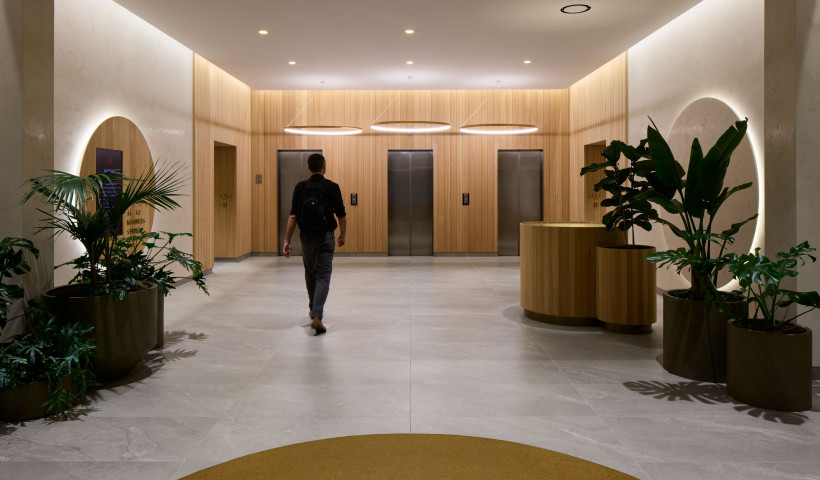
Tiles: A sound choice for modern spaces
Acoustic performance is a crucial factor in contemporary architecture, influencing occupant comfort, productivity, and overall well-being. While tiles are traditionally known for their durability, aesthetic appeal, and ease of maintenance, they are often overlooked as an acoustic solution. However, with the right approach, tiled surfaces can contribute significantly to sound management in both residential and commercial spaces.
The challenge of acoustics in tiled spaces
Hard surface materials like porcelain and ceramic tiles have reflective sound properties, which can increase reverberation and noise levels in large spaces. This is particularly relevant in high-traffic areas such as lobbies, offices, restaurants, and educational facilities, where excessive noise can lead to discomfort and decreased functionality. However, advancements in tile technology and installation methods now allow for improved sound absorption and noise reduction without compromising on design and the option to install quality of flooring, ie: tiles.
Here are some key considerations:
1. Acoustic underlays and membranes
Pairing tiles with specialised acoustic underlays can significantly reduce impact noise transmission, particularly in multi-storey buildings and commercial settings. High-performance acoustic membranes that are rubber-based create a buffer that dampens footfall noise and vibrations. A very simple strategy!
2. Grouting and jointing strategies
The size and material of grout joints can influence sound propagation. Wider grout lines and flexible grouts can help absorb some of the sound energy, reducing the harshness of sound reflection in tiled spaces.
3. Textured and structured tile surfaces
Matt, textured, or structured tiles scatter sound waves more effectively than high-gloss or polished tiles, reducing echo and improving the overall acoustic experience.
4. Integration with acoustic wall and ceiling panels
Combining tiled flooring with complementary acoustic wall or ceiling panels can create a balanced sound environment.
5. Soft furnishings and design elements
Incorporating rugs, curtains, upholstered furniture, and acoustic baffles into a tiled space can further enhance sound control, creating a more comfortable auditory experience without sacrificing the benefits of tiles.
Installation
Designers should carefully consider the optimal installation of acoustic mats. For instance, with a square 500 x 500mm mat, the best practice is to lay it diagonally beneath the tiles to ensure that mat joints do not align with tile joints. Similarly, 1-metre-wide rolls should be installed so that their seams are staggered and do not coincide with the tile layout above.
Acoustic underlays recommended by Architectural Surfaces for optimal acoustic performance:
ARDEX DS 70 Recycled Rubber Impact Insulation Mat
Insulates against footfall and impact sound.
- For use under tile, luxury vinyl tile or timber floorcoverings
- Made from >90% recycled rubber
MAPESONIC CR
Soundproofing mat in sheets of rubber and cork applied on substrates before installing ceramic, stone, resilient and multi-layered wooden floors.
- Thickness: 2mm and 4mm
- Format: 20 x 1m sheets (2mm thick) / 10 x 1m sheets (4mm thick)
- Reduction of noise from footsteps EN ISO 140-8: 10 dB
- Density (kg/m³): 700
- Tensile strength EN ISO 1798 (N/mm²): 0.6
- Elongation at failure EN ISO 1798 (%): 20
- Reduction of noise from footsteps EN ISO 140-8: 10 dB
- Certified: Technical Report N. PX21361-1
- EMICODE: EC1 Plus - very low emission
ACOUSTIFLOR conjunction with ACOUSTIBOND System
ACOUSTIFLOR:
- Soundproofing and anti-fracture/crack bridging membrane
- Coverage: 20 litres of liquid mixed with 20kg of powder covers 7m² at 6mm thick using a 6mm Dribond pegged trowel.
ACOUSTIBOND:
- A water-resistant, acrylic/rubber crumb, ceramic, porcelain and stone tile adhesive with soundproofing properties.
- C2 high bond strength, exceeds 1MPa
- S2 exceptional flexibility deformation, exceeds 5mm
- Water resistant — suitable for shower alcoves and balconies
- Exceeds the acoustic requirements of the Building Code of Australia
- Does not cause grout cracking
- Fully bonded and will not become drummy
- Easy mixing — two-pack formulation based on an acrylic resin/rubber crumb-based powder
- Easy application — trowelable viscosity
- Low odour
- Low V.O.C.
- Excellent adhesion to building surfaces
- Flexible
- Enhances acoustic and thermal movement properties
- Reduces impact noise by half






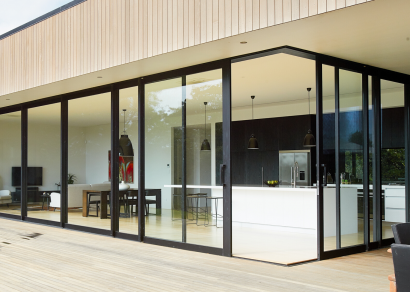

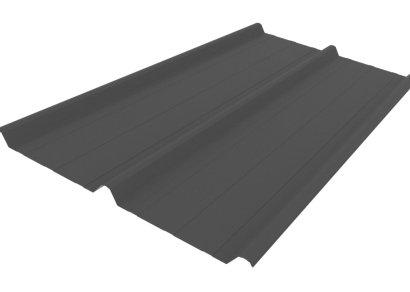
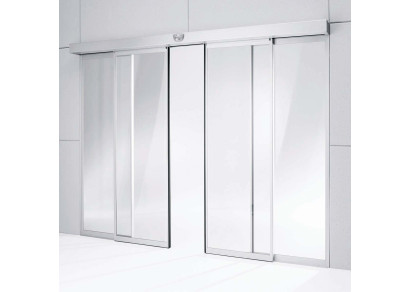
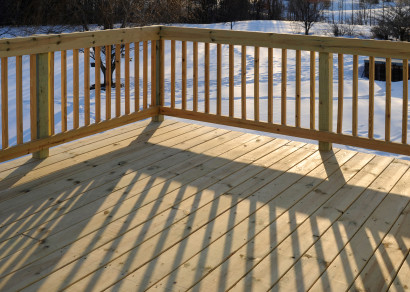
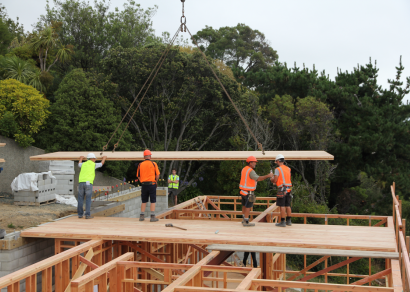
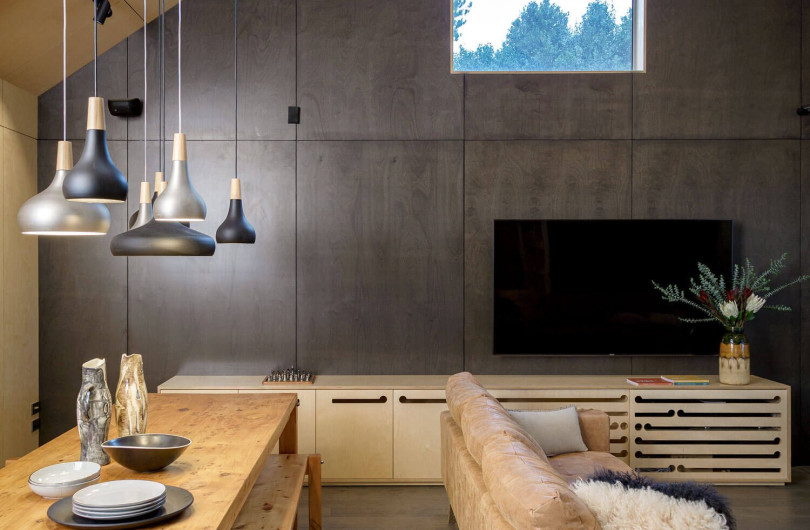
 Case Studies
Case Studies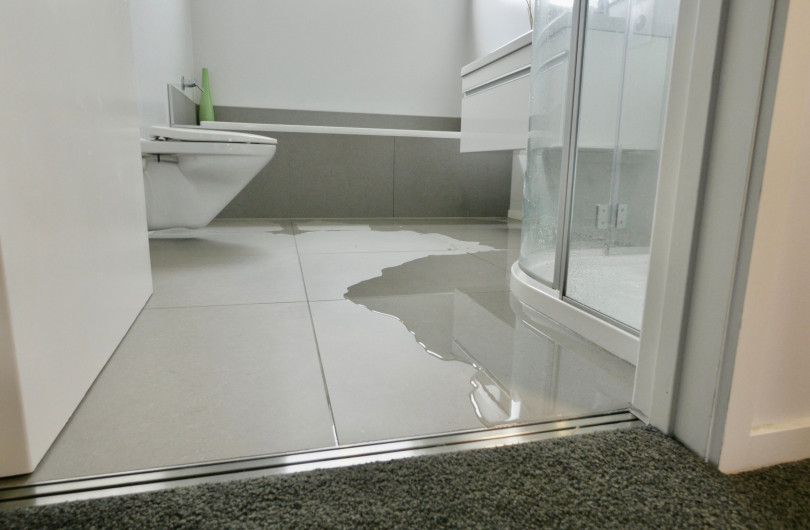
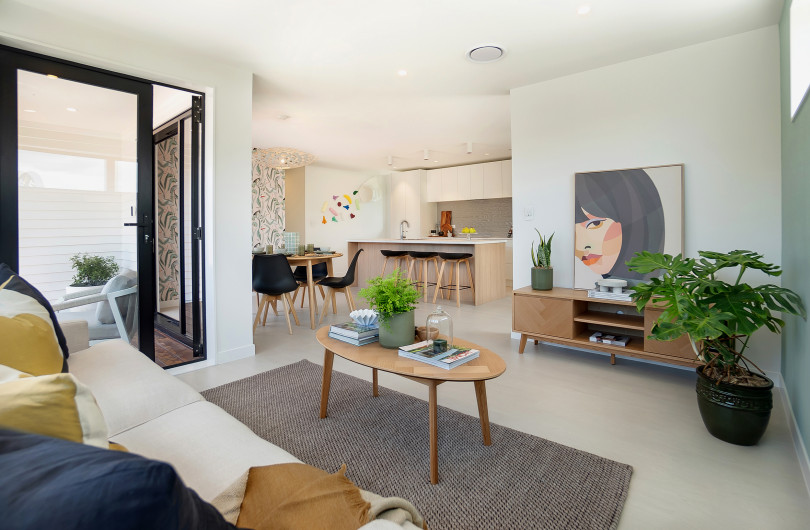


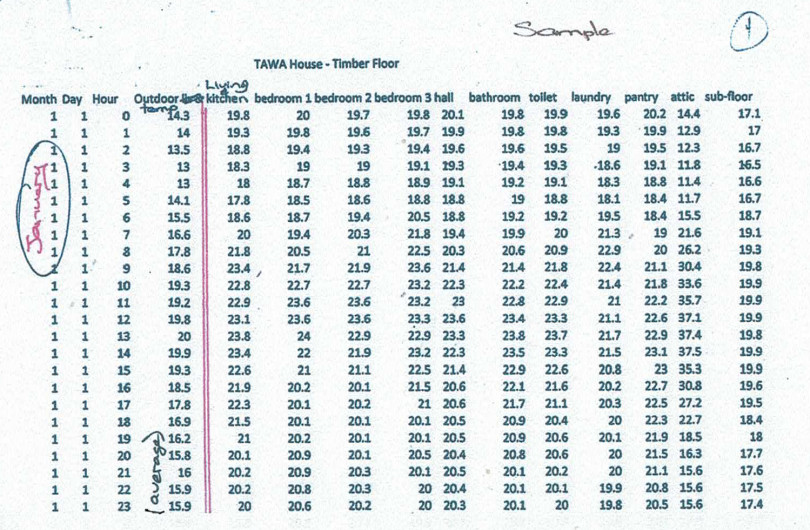




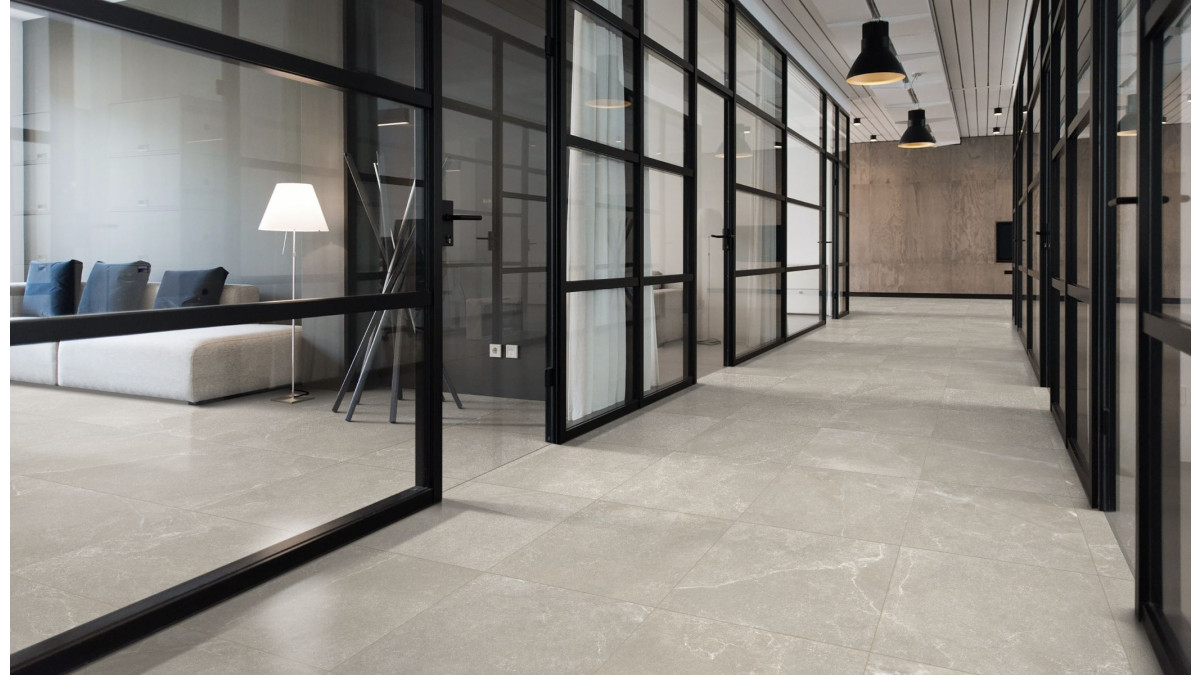
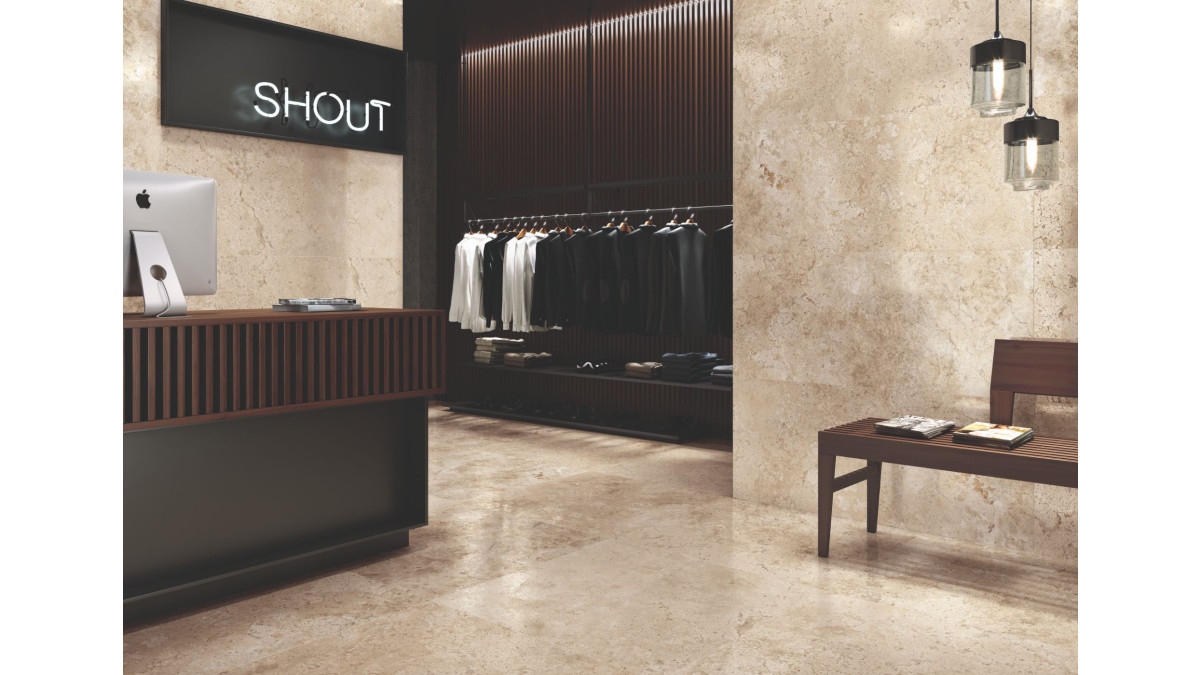


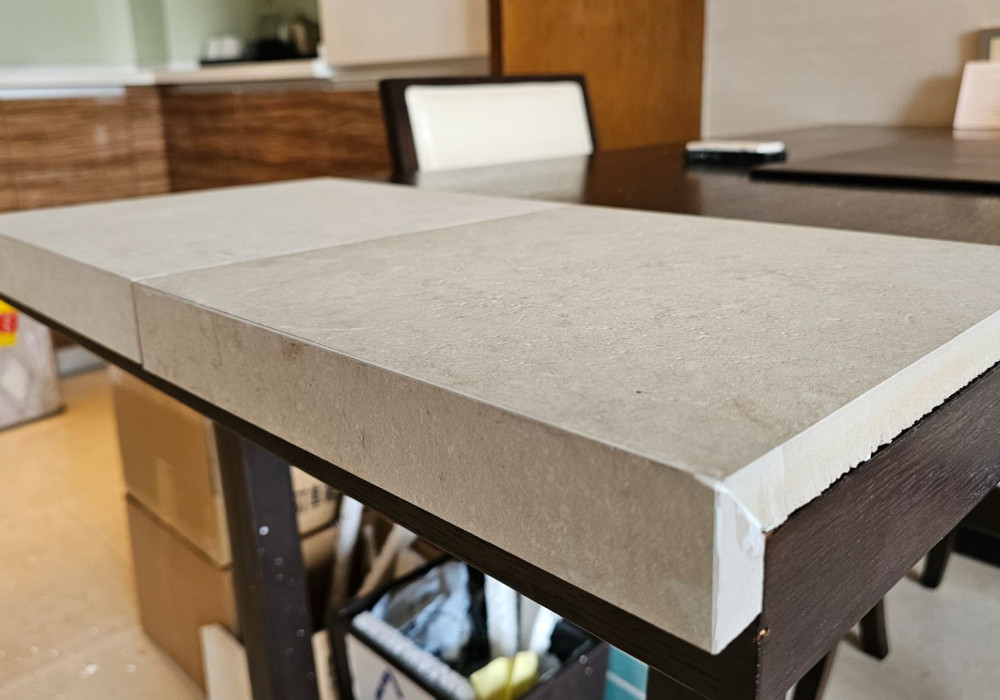
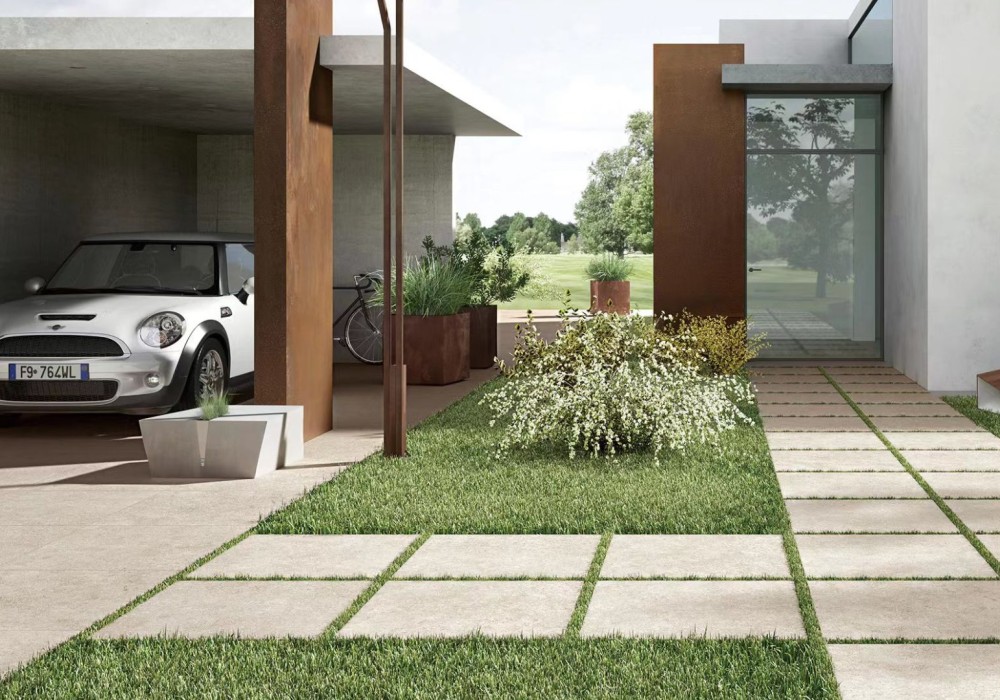
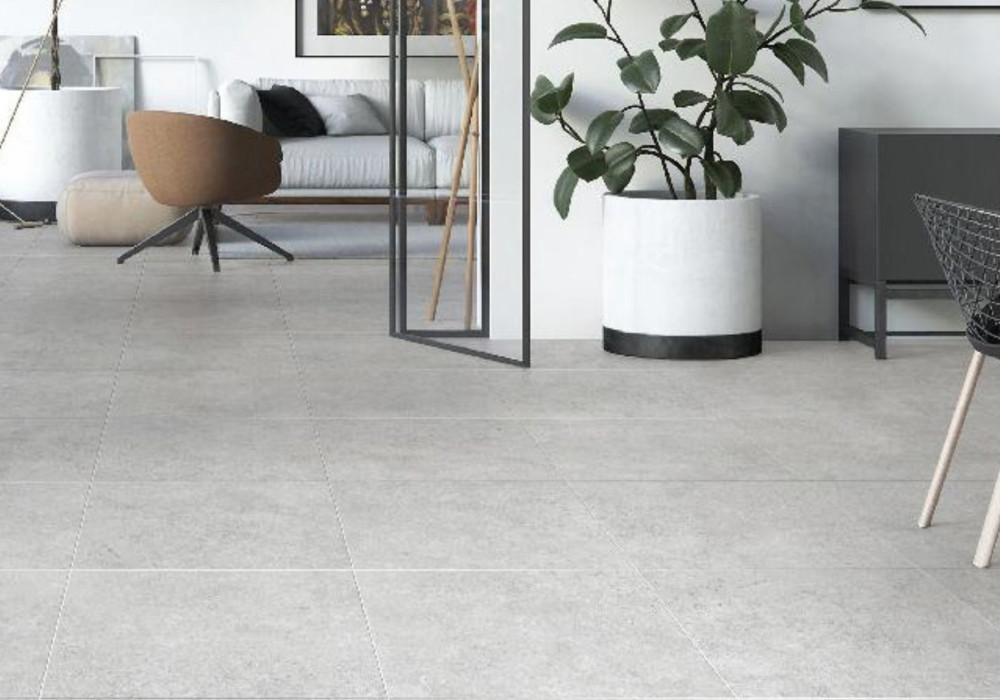
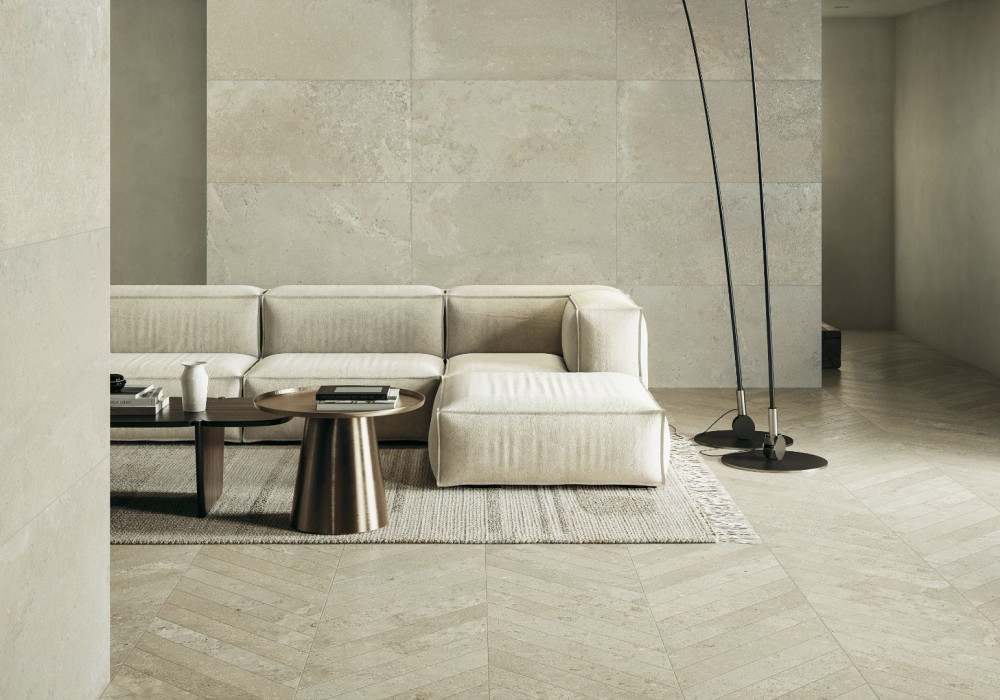
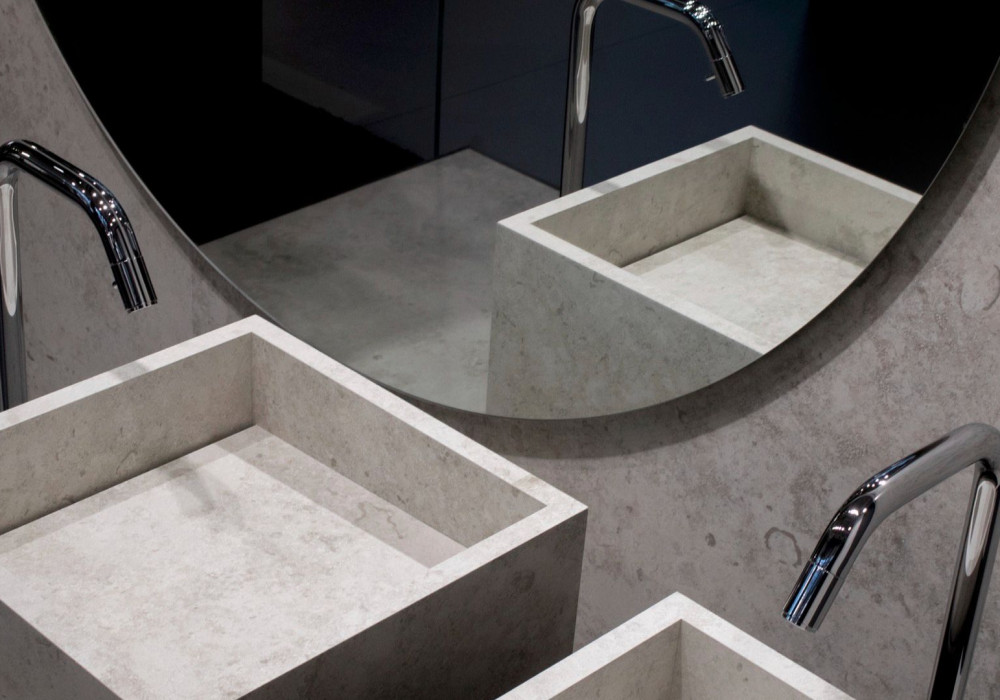
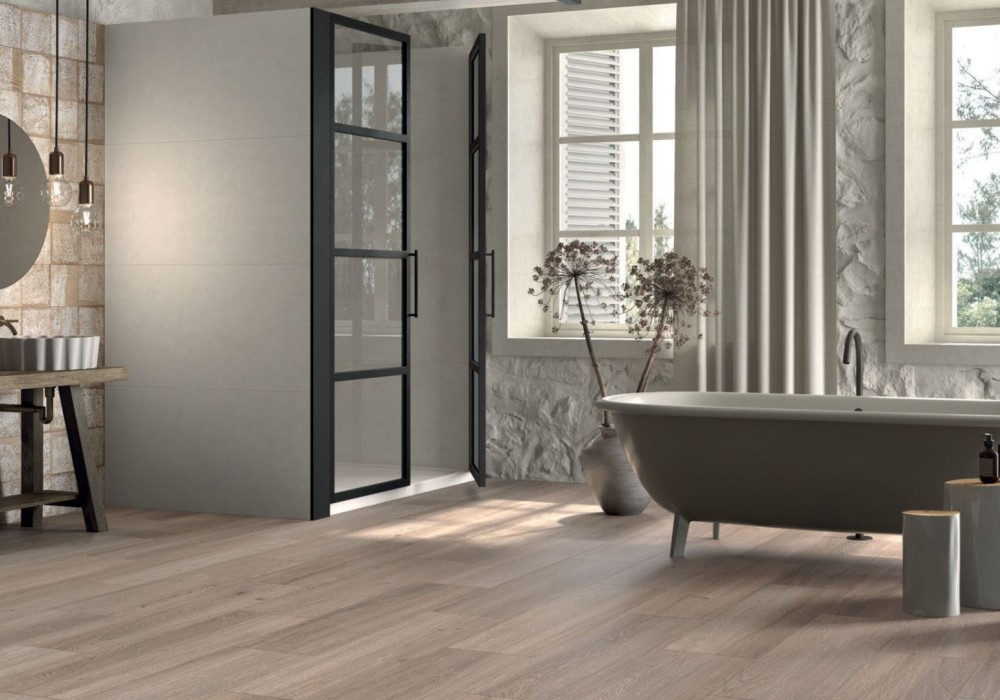
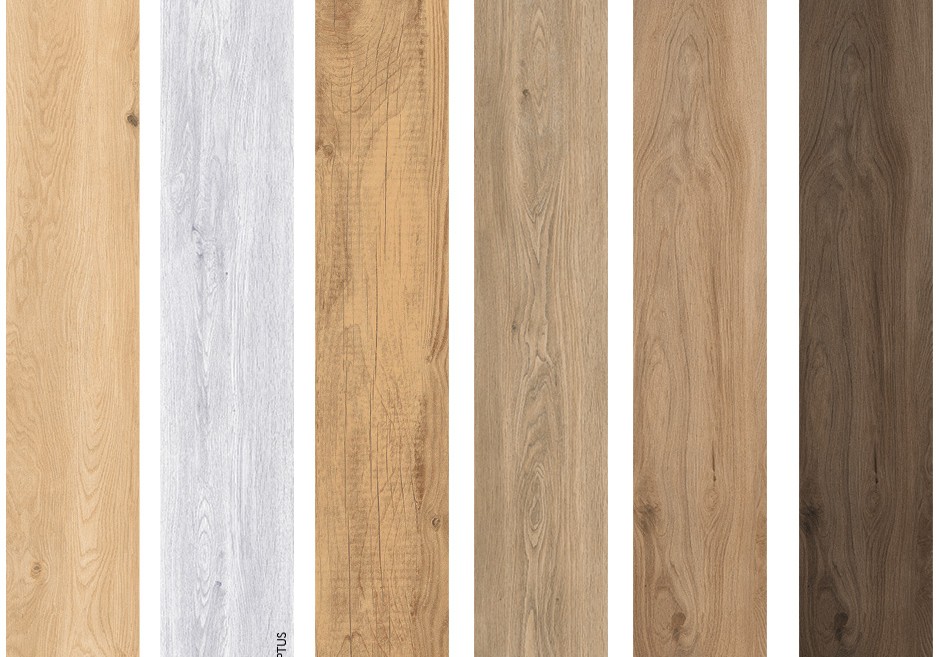
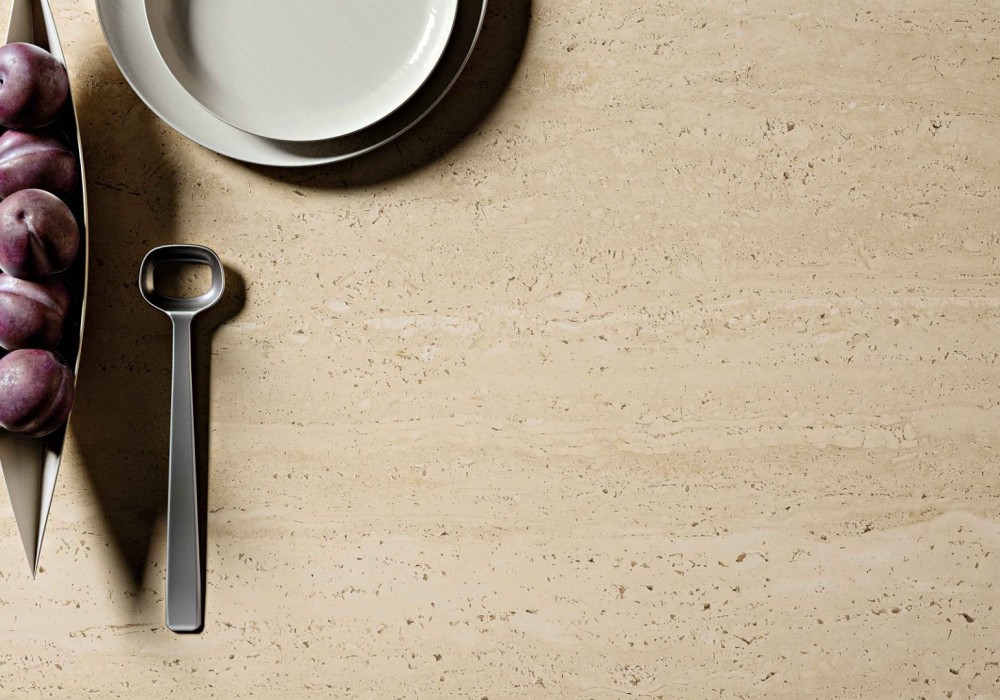
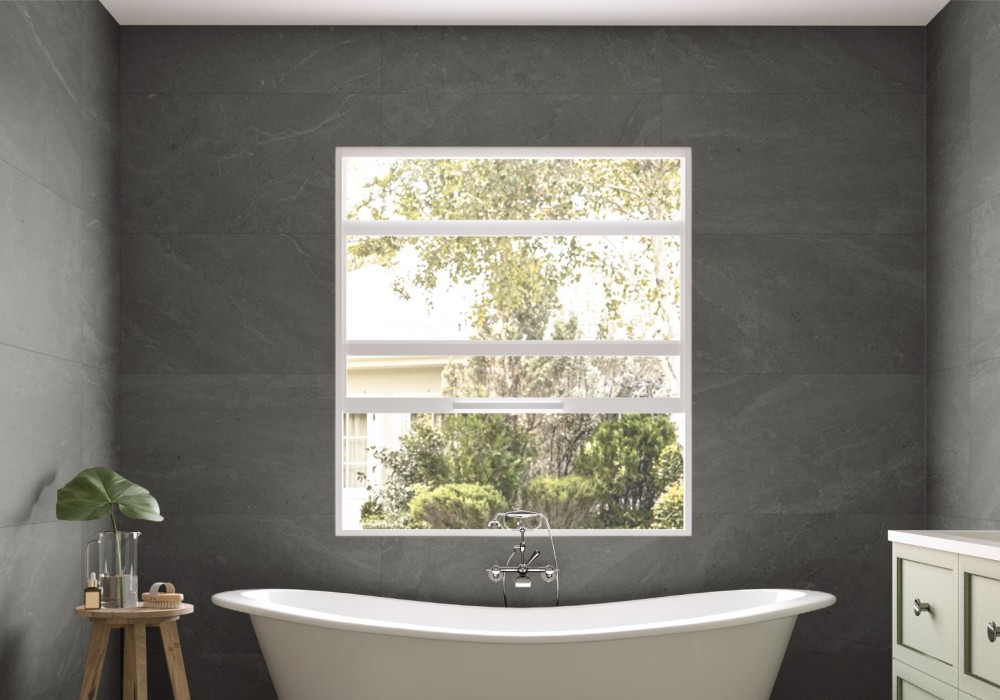
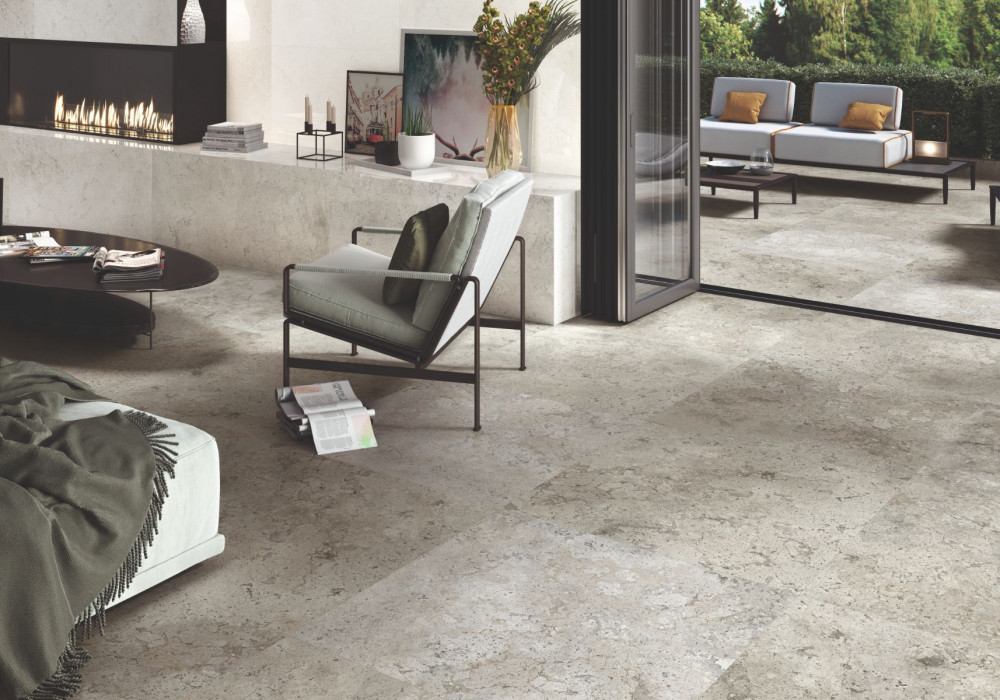

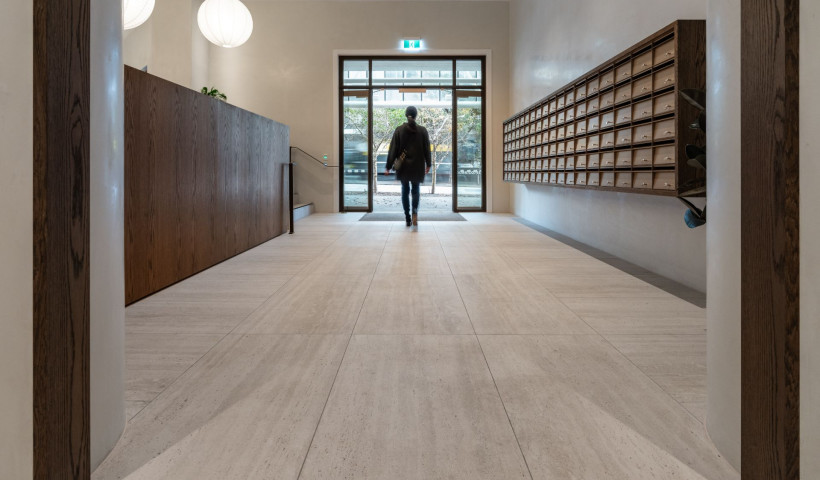
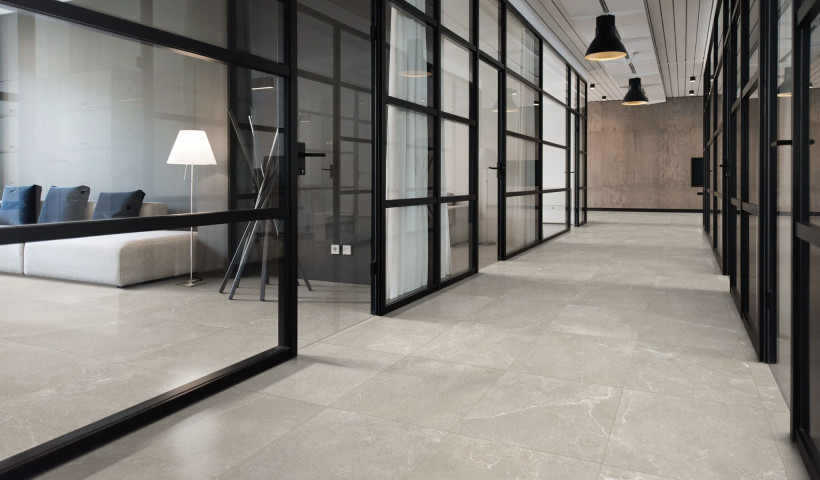
 Popular Products from Tile Warehouse
Popular Products from Tile Warehouse


 Most Popular
Most Popular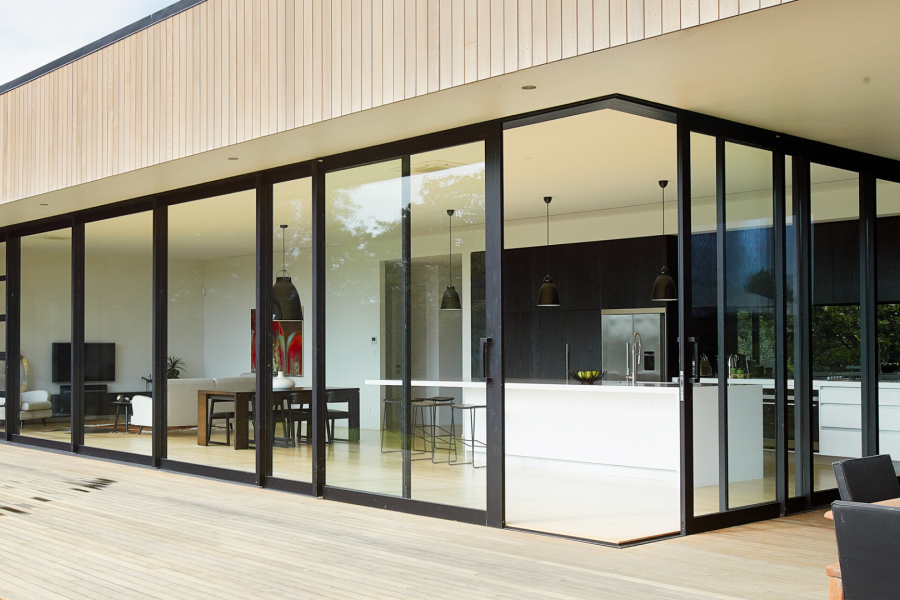

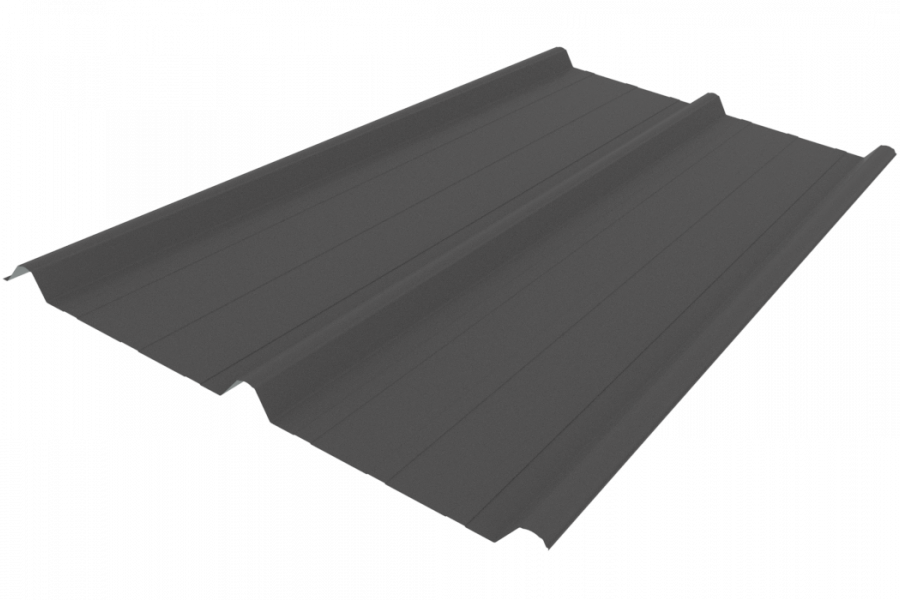
 Popular Blog Posts
Popular Blog Posts